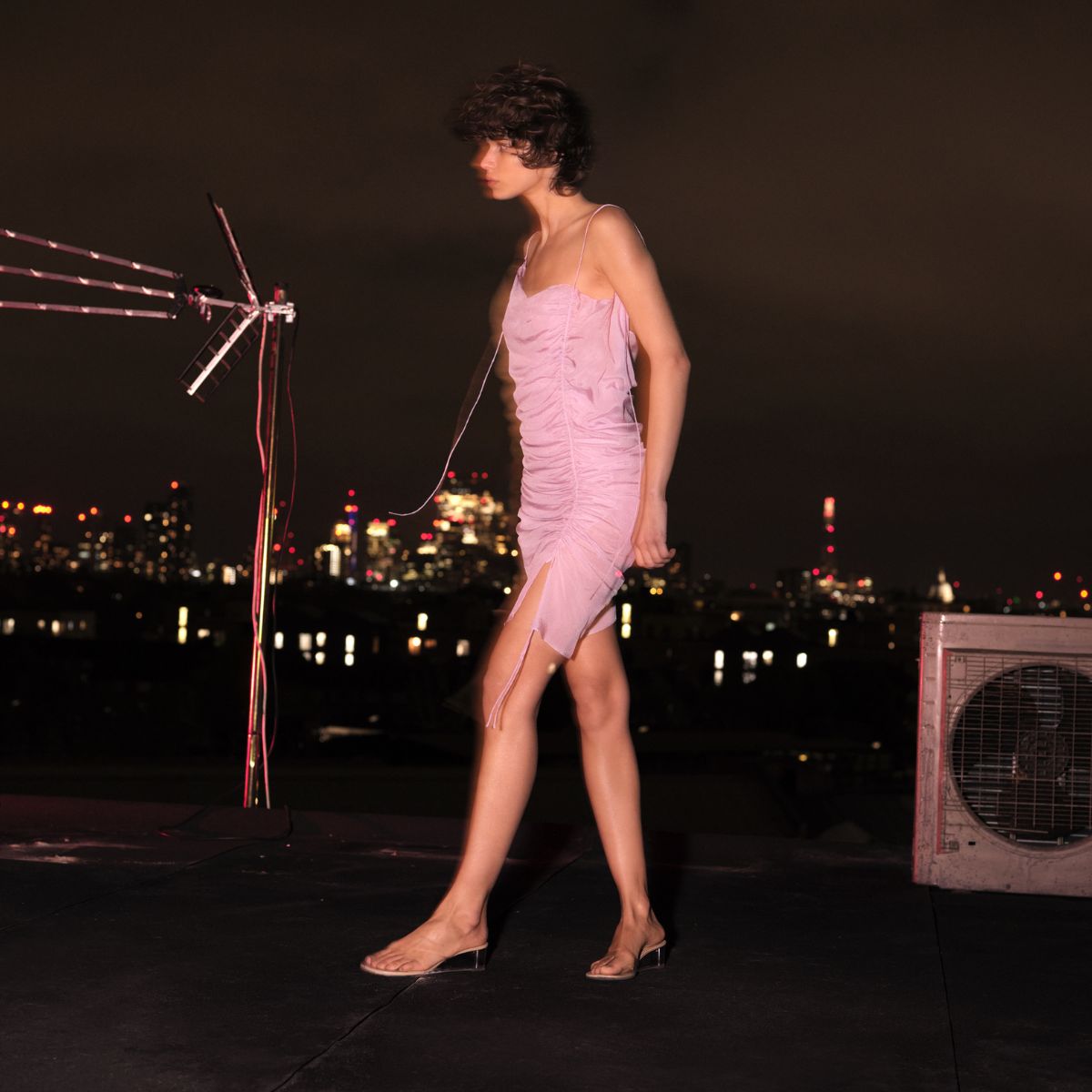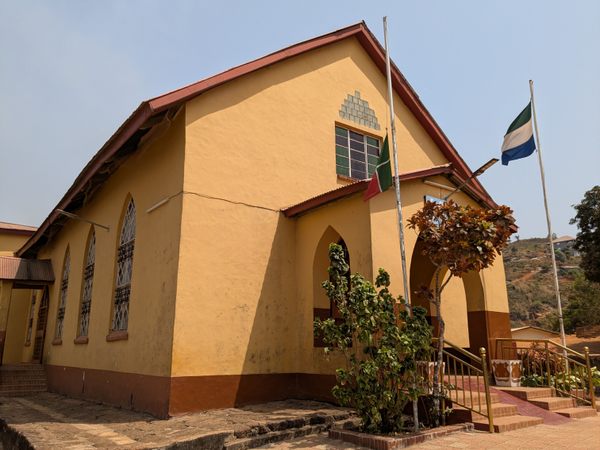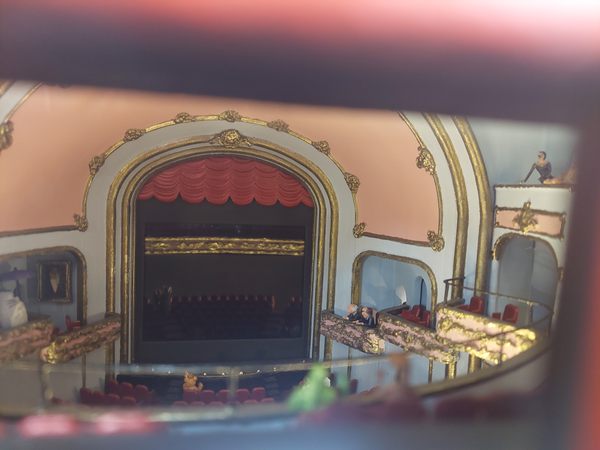Baloba Munja Mandir in Pune, India
Along a busy inner lane of Kasba Peth, the oldest area of Pune, there is an old temple called Baloba Munja Temple, the deity of which is Baloba Munja. According to historians and experts, it is said that this temple or shrine has been in existence at this spot since the second century. Once upon a time, the hillock of Kasba Peth was enclosed within a military fortification called Hissar Fort, which was built in 1306. Eventually, the fort was demolished. From historical maps of the fort and other historical documents and information, historians and experts are of the opinion that Baloba Munja Temple must have been at the center of the fort. An interesting feature of the hero stones in the temple is the image of Lord Ganesh sculpted on them. According to sources, the hero stones were discovered during excavations at nearby spots and were shifted here, where they were placed under the peepal tree within the temple premises. The tree’s trunk has now grown around the stones, displaying a natural union of wood and stone and thus giving the entire structure a fascinating character.
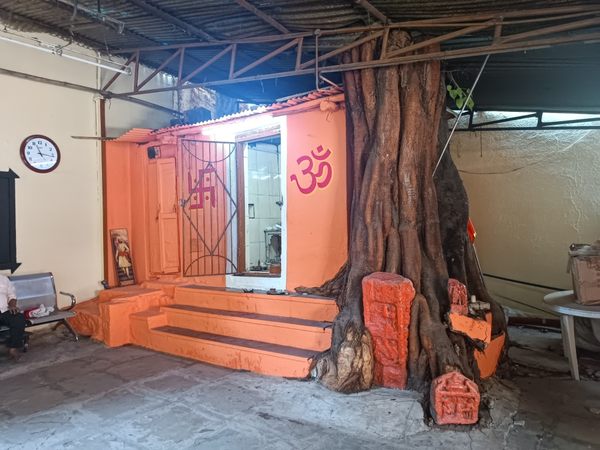

Along a busy inner lane of Kasba Peth, the oldest area of Pune, there is an old temple called Baloba Munja Temple, the deity of which is Baloba Munja. According to historians and experts, it is said that this temple or shrine has been in existence at this spot since the second century.
Once upon a time, the hillock of Kasba Peth was enclosed within a military fortification called Hissar Fort, which was built in 1306. Eventually, the fort was demolished. From historical maps of the fort and other historical documents and information, historians and experts are of the opinion that Baloba Munja Temple must have been at the center of the fort.
An interesting feature of the hero stones in the temple is the image of Lord Ganesh sculpted on them. According to sources, the hero stones were discovered during excavations at nearby spots and were shifted here, where they were placed under the peepal tree within the temple premises. The tree’s trunk has now grown around the stones, displaying a natural union of wood and stone and thus giving the entire structure a fascinating character.
































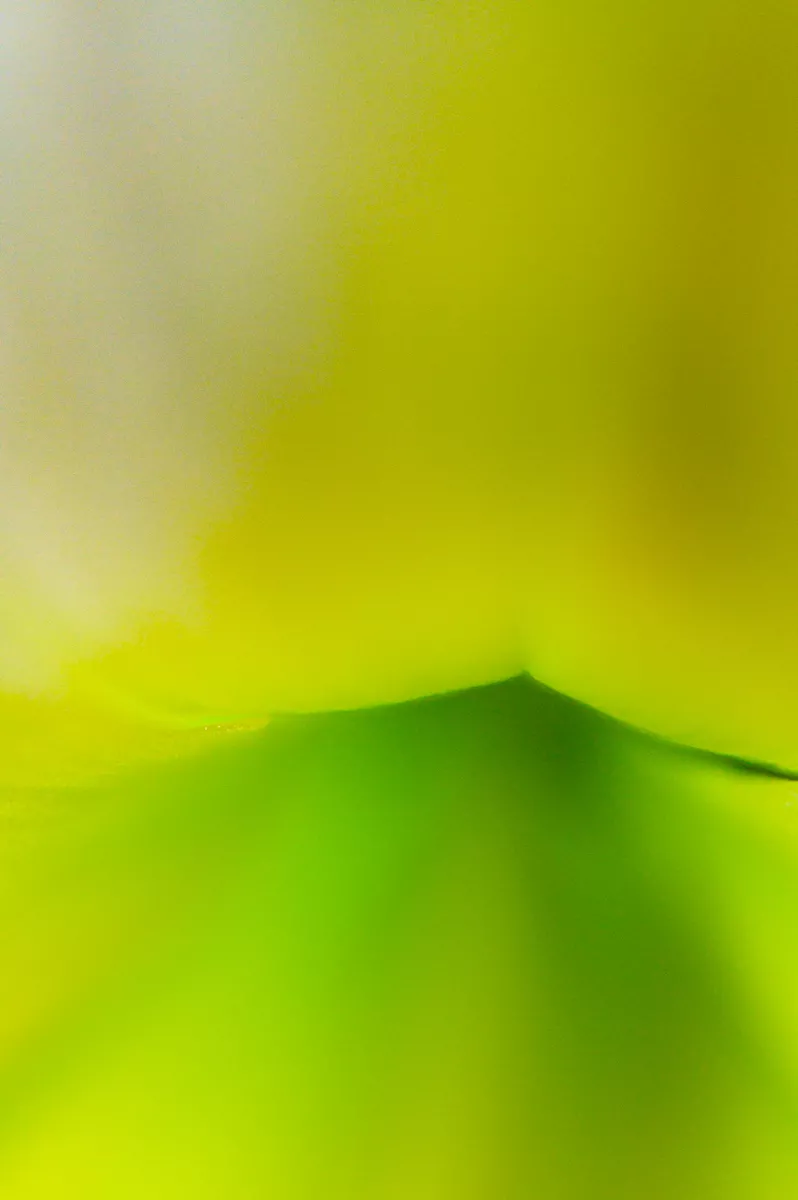











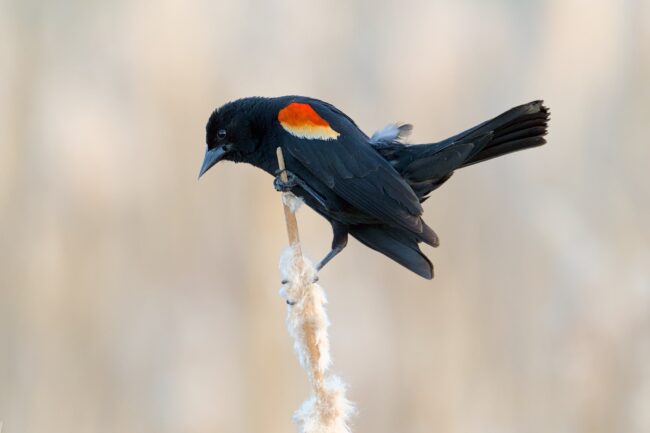
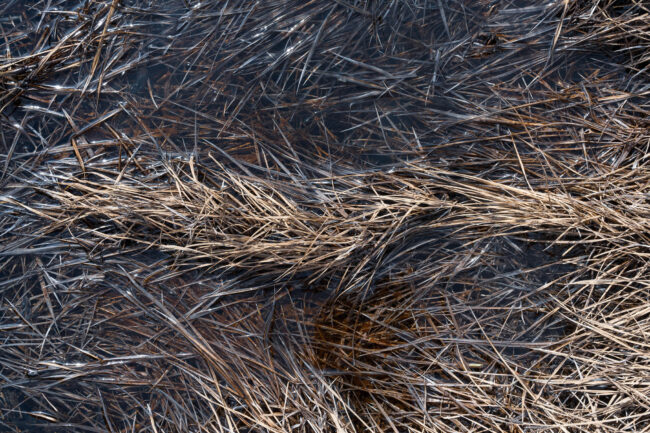














































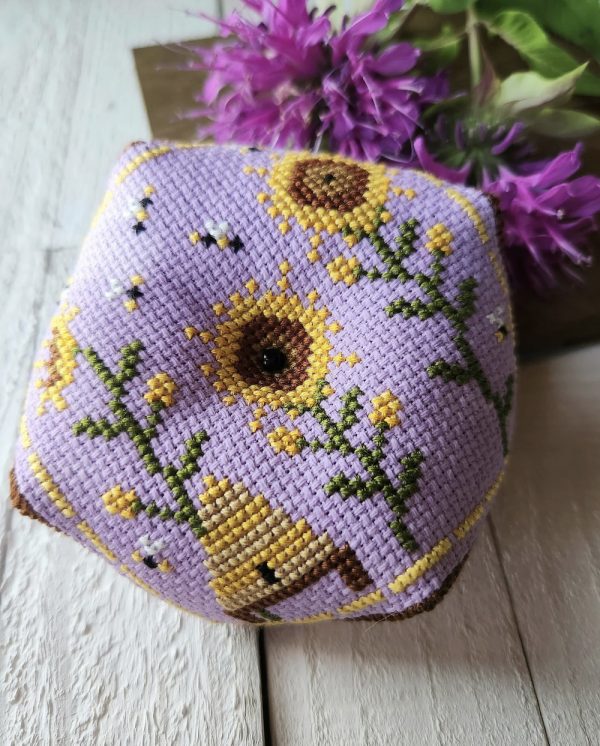


















































































.jpg)


.jpg)














